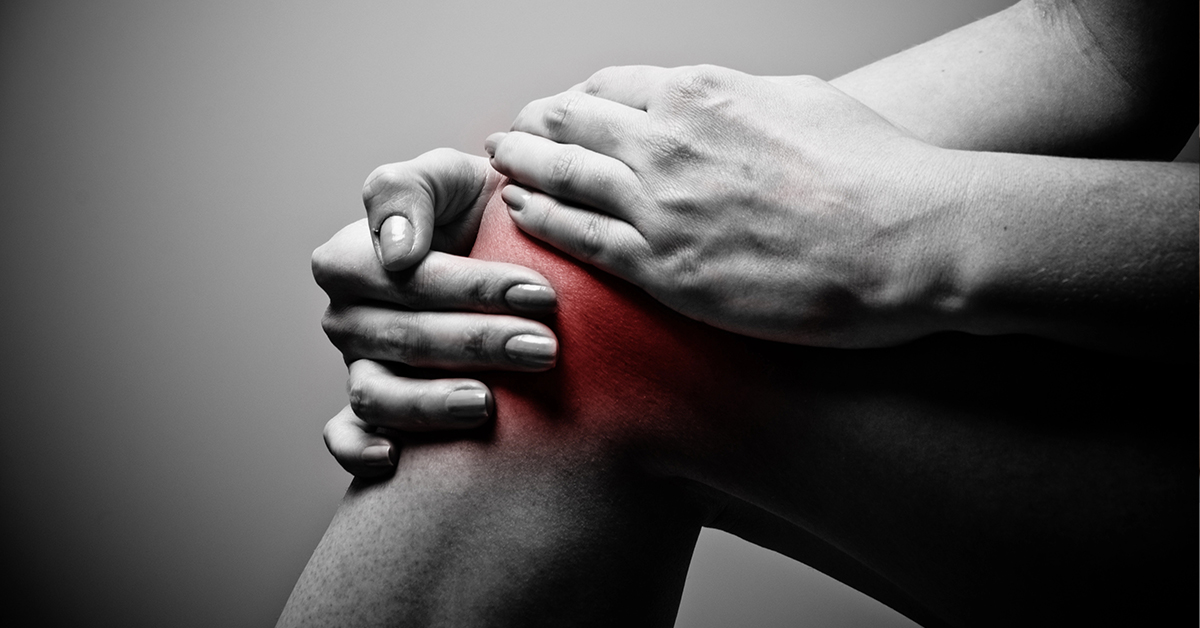
Knee pain is a common complaint that affects people of all ages and activity levels. Whether it’s due to an acute injury, chronic condition, or overuse, managing knee pain effectively is crucial for maintaining mobility and quality of life. One of the most frequently asked questions is whether it’s better to rest or walk when experiencing knee pain. The answer depends on the cause and severity of the pain, as well as individual circumstances. Let’s explore the factors to consider when deciding whether to rest or walk with knee pain.
When to Rest
Rest is often essential for initial recovery, especially in cases of acute injury. Here are some scenarios where resting your knee is crucial:
Acute Injury
If you’ve recently injured your knee, rest is vital to allow the initial healing process. Conditions like ligament tears, fractures, or acute meniscus injuries require a period of rest to prevent further damage and to facilitate recovery. Avoid activities that strain the knee and use ice to reduce swelling. Elevating the knee and using a brace for support can also be beneficial.
Severe Pain
When knee pain is severe and persistent, resting the joint can help prevent additional damage and reduce inflammation. Severe pain often indicates a significant issue that needs medical attention. In such cases, continuing to engage in activities that cause pain can lead to more serious complications.
Swelling and Inflammation
If your knee is swollen or inflamed, rest can help decrease the swelling and allow the tissues to heal. Swelling is often a sign of inflammation, which needs to be managed with rest, ice, compression, and elevation (RICE).
Post-Surgery
After knee surgery, a period of rest is necessary to ensure proper healing. Following your surgeon’s recommendations for rest and gradual return to activity is crucial for a successful recovery.
When to Walk
While rest is important, avoiding complete immobility is also essential. Gentle movement and walking can be beneficial in certain situations:
Mild Pain or Stiffness
If your knee pain is mild or primarily associated with stiffness, gentle walking can help improve circulation, reduce stiffness, and maintain joint flexibility. Keeping the joint moving can prevent it from becoming too stiff and can promote healing.
Osteoarthritis
For individuals with osteoarthritis, regular low-impact activities such as walking can help maintain joint function and reduce pain over time. Walking helps keep the joints flexible and strengthens the muscles around the knee, providing better support.
Rehabilitation
After the initial rest period for an injury, gradual and controlled movement is often encouraged as part of the rehabilitation process. Physical therapy exercises, including walking, can help regain strength and mobility in the knee.
Activity Recommendations
When deciding to walk with knee pain, ensure you are on flat, even surfaces to minimize the risk of further injury. Wear supportive footwear to reduce strain on your knees and consider using walking aids like a cane if needed. Listen to your body and stop if the pain worsens.
Combination Approach
In many cases, a combination of rest and gentle movement is ideal for managing knee pain. Here’s how to balance both:
- Initial Rest: Start with rest and ice for the first 48-72 hours after an acute injury to reduce swelling and pain.
- Gradual Movement: Introduce gentle range-of-motion exercises and short, easy walks as pain permits. This helps maintain flexibility and prevents stiffness.
- Listen to Your Body: Pay attention to your pain levels. If walking increases pain or swelling, revert to rest and consult a healthcare provider.
Professional Guidance
Consulting a healthcare professional is crucial for a personalized approach to managing knee pain. They can provide specific recommendations based on the diagnosis, severity of the condition, and your overall health. Physical therapists can offer tailored exercises and advice on safe movement practices.
Deciding whether to rest or walk with knee pain depends on the nature and severity of the pain. Rest is essential for acute injuries and severe pain, while gentle walking can benefit mild pain, stiffness, and certain chronic conditions like osteoarthritis. Balancing rest with appropriate movement can aid in recovery and improve knee health. Always seek professional advice for a tailored approach to managing knee pain effectively. By understanding your body’s needs and following a balanced approach, you can manage knee pain and maintain an active, healthy lifestyle.
